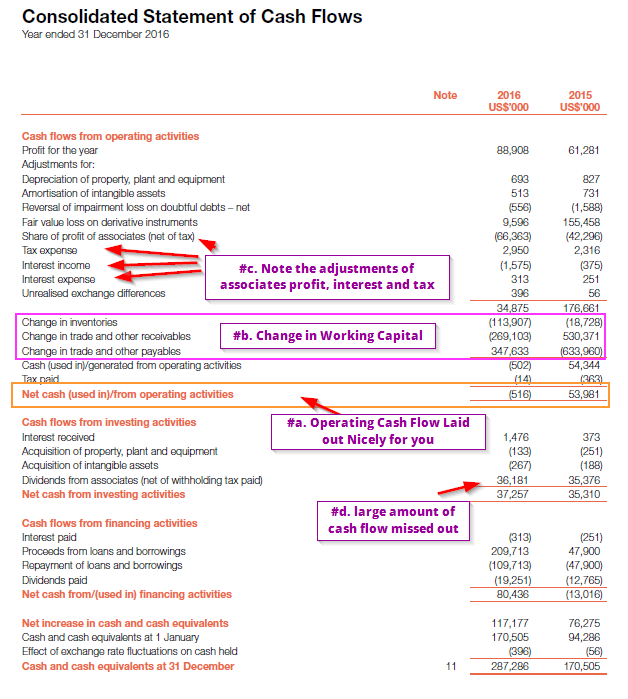Human Resource Planning: Objective, Benefits, Importance, HRP Process
Contents:
PEOs operate under a “co-employment” model where the business retains effective control of its workforce, deciding whom to hire and fire, and managing their day-to-day activities. But for tax and compliance purposes, the employees appear as a legal entity on the PEO’s books. The PEO also takes responsibility for all the legal, compliance, and HR-related policy tasks that the client business defines. Social media platforms like LinkedIn and Twitter can aid in recruitment and provide an engaging platform for workers to communicate with the organization and each other.

Many academic institutions offer a degree path in Human Resources Management, and certification programs are available to qualified individuals coming from various fields. Within the organization, employees will often work within an HR role for three to five years, before attaining management level. Each department will have unique objectives that HR will need to be involved in.
Monitor the new practices and look for areas where the plan might be hindered. Each organization’s strategy will be unique, depending on its goals and the type of business it is. A small startup’s plan would include completely different factors than that of a multi-national corporation. One company may need to start with an enhanced recruitment program to find a certain number of highly skilled employees with specialized knowledge. Another company might be able to begin with training its current staff.
Expansion and Diversification Plans:
This is because it provides an understanding of what resources are involved and the risks to successful delivery if those resources aren’t available. This is the art of figuring out how much time, money and manpower will be needed for a project or initiative to be successful. It also includes assessing when certain resources will be needed, as well as comparing this with what’s currently available. HRP begins with an analysis of the available labor pool from which a company can draw. It then evaluates the firm’s present and future demand for various types of labor and attempts to match that demand with the supply of job applicants. Human resource planning allows companies to plan ahead so they can maintain a steady supply of skilled employees.
The most successful companies are shaking things up, modernizing old processes, and investing in the future. Your HR department is finally getting the recognition it deserves as an essential partner in business success — but that also means you’re faced with new challenges and expectations. Yes, we talked about doing the things the right way, but haven’t really explained how.
It determines the future needs of manpower in terms of number and kind. Human resource planning measures that the organization acquires and utilizes the manpower effectively to achieve objectives. Human resource planning helps in assessing and recruiting skilled human resource. It focuses on the optimum utilization of human resource to minimize the overall cost of production. One of the more trying features of human resource planning is the adjusting of supply and demand.
Other Useful Resources:
Thankfully, there is a dedicated department that does all the difficult stuff – the human resource team. HR planning can help businesses identify skill gaps and provide targeted training https://1investing.in/ and development opportunities for their employees. Therefore, this can lead to increased employee satisfaction and motivation, which can ultimately improve productivity and performance.
- A contingency is a potential negative event that may occur in the future, such as a natural disaster, fraudulent activity or a terrorist attack.
- For the worker, a comprehensive and well-executed HR plan can provide improved communications with management and a greater connection with the vision and objectives of the enterprise.
- Get a demo of ClearCompany Talent Management personalized for your business needs —sign up today.
- It is very important for an organization to conduct HR planning from time to time as per the requirement.
Effective human resource planning can help organizations create a positive work environment, and attract and retain top talent. Yep, all of the above can only lead to one place – effectiveness in performance. Every single thing you do when doing human resource planning properly will effect and boost the performance of your project groups and the organization as a whole.
A Day at School
Human resources planning processes need to be an ongoing activity that is constantly evaluating and developing to stay in sync with all the changes companies must face. Organizations must be able to adapt their human capital to sustain the continuous shifts in technology, local and global economics, product innovation, and culture. Human resource planning is integral to maximizing a well-equipped workforce, and it offers other advantages that assist in accomplishing your organization’s mission. Resource planning can also help develop new ways of working within your organization by identifying key roles within departments and working out how they will work together to achieve targets and goals.
With an effective planning process in place, the HR team can ensure that the business staffing needs are met. They can prepare ahead of time for any vacancies should an employee resigns . Also, they can effectively handle the hiring process should there be an urgent need to ramp up and prevents potential problems that come along with attrition. HR planning is a systematic planning process by which an organization determines how it will implement staffing to meet the demands of the business and the customers. It ensures that the company has the right people for the job while avoiding any shortage or surplus in manpower.
Additionally, it entails taking the necessary steps to ensure that the organization has the right number and quality of employees to achieve its goals. The main components of human resource planning include analyzing the current workforce and identifying the skills and competencies that will be required in the future. It also involves developing strategies to attract, develop, and retain employees to meet those needs. Human resource planning is a systematic and strategic process aimed at evaluating the current state of an organization’s human resources and predicting its future workforce requirements. It identifies key HR initiatives for the time period ahead that will help the organization achieve its strategic goals and maintain its competitive advantage without staffing shortages or excesses. And with a number of options available, HR planning isn’t restricted to huge corporations having hundreds of people on their HR teams — it’s accessible to small and medium-sized businesses, as well.
Get access to the vast library of validated tests to screen candidates using online assessments. Simplify your recruitment process with our cloud-based Pre-employment Testing Software. They will likely have to develop new methodologies for nurturing and retaining existing skills and cast a broader net in discovering new talent. Manpower planning or HR Planning plays a very important role in the organization. Human Resource planning in HR Management strives to have the right number and right kind of people at the right places at the right time.

Here’s everything you need to know about human resource management and how it can benefit your small business. One of the first steps in human resources planning is determining the current staffing needs of an organization. Before taking steps to hire new employees or create an entirely new position or role, it is important for an organization to assess the talent they already have at their disposal. Many companies use a human resources management system , HRIS, talent management software, or other tech solutions to handle HR functions — and for a good reason. HR technology streamlines processes while delivering powerful insights with advanced reporting and custom dashboards.
Integrating/Implementing the Plan
Therefore, this ensures they have the right talent and resources to meet their organizational goals. HR planning can help businesses develop effective talent management strategies. For instance, this process involves identifying high-potential employees and providing them with targeted development opportunities to help them reach their full potential. Any organization wishing to create and maintain a high-performing workforce must comprehend these functions. After you put your human resource plan in place, you must determine whether it is yielding results. Review how well it is helping you execute the organizational strategy and achieve goals in areas such as productivity or employee retention and satisfaction, etc.
He enjoys writing about project management, graphic design, and anything tech. Yes, any business, project or organization has to deal with these two aspects the most. But the time and the people are limited, each from their own perspective. HR planning must be taken seriously and it should involve creating a path for advancement for both—the organization and the employee.
While you might need to increase the salary for certain positions to retain employees, you’ll save money in the long run. After assessing the current HR capacity, it’s time to incorporate the plan with the overall strategy of the organization to get buy-in from the leaders and stakeholders. Strategic planning is done to figure out why the benefits of human resource planning company is in business and what its long-term goals are. The human resource department should be able to determine manpower capacity in several ways, such as by looking over past performance reviews and getting feedback from employees. A high retention rate suggests that a company is doing wrong, especially in managing their employees.
The power of employee engagement is hard to understate — and it’s been top-of-mind for HR professionals for the past few years. Companies have been facing difficulties hiring and retaining employees and navigating trends that indicate a lack of engagement, like quiet quitting and the Great Resignation. Sometimes, the big picture can get lost in the day-to-day work — and often, employees don’t have sight of the big picture at all.
Chief Talent Officer: Everything To Know About This Role
Even the smallest companies are required to uphold compliance regulations. If you only have a few employees, this takes away valuable time and energy from running and growing your business. By outsourcing your HR, you’ll be able to help protect your business and gain the confidence that you have resources to help with the ever-changing employment-related regulations and compliance obligations. Experts will be there to act as your HR ally and assist with federal, state and local regulations while helping with certain employment- related inquiries. They can also assist you to create a well-documented trail to help protect you if legal issues arise. Businesses report that on average, it takes about 23 days to find the right candidate for a job, but the best candidates are off the market in 10 days.
